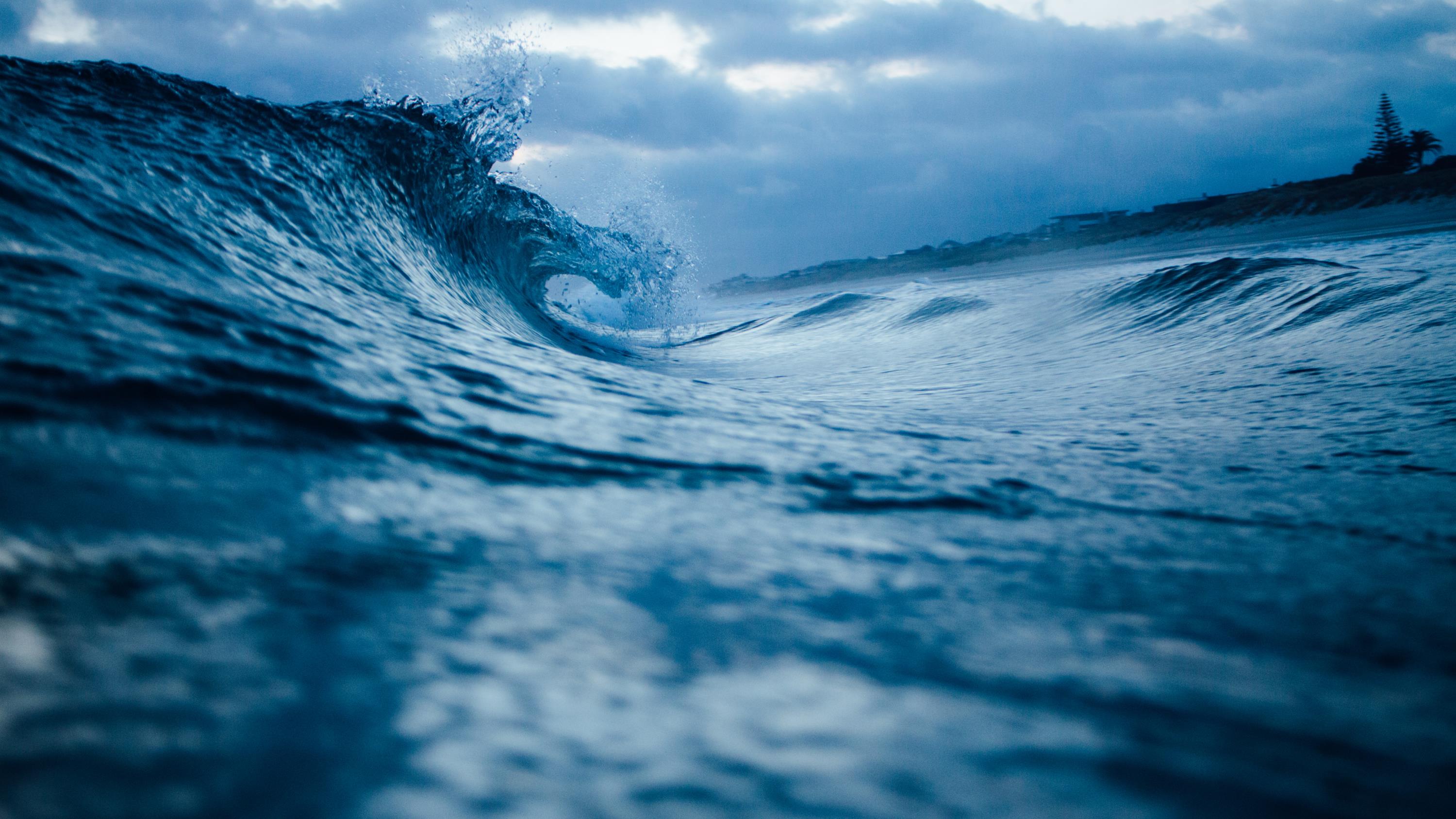
I run across a lot of confident boaters, some deservedly experienced, and some naive to the real hazards of the water.
Too much confidence can get you in trouble.
Here's an article I read from April's Boaters.
I Learned About Boating From This: A Hard-Won Lesson of Tide and Current
An experienced boatman reflects on the perils of overconfidence and a failure to keep a weather eye.
By Bill Schlatter April 5, 2017
I have been boating on the south shore of Long Island, New York, for 25 years. But, back in 1992, I was still a novice. And on a calm Sunday afternoon, I made a novice blunder that could have been tragic.
Six months of boating experience coupled with the completion of a U.S. Coast Guard Auxiliary boating safety course gave me the confidence I needed to head out into the ocean with a friend. NOAA weather radio informed us there were 3-foot seas — certainly, my boat could handle that! It was a 1987 25-foot Renken cabin cruiser with a 200 hp sterndrive.
Nearing the Jones Inlet, I was a bit perplexed to see a few smaller boats just inside the inlet, but no boats heading out. We slowly threaded past the smaller boats and cruised toward the inlet mouth. I felt comforted that some of the smaller boats followed as we headed out. Soon, as expected, we began hitting some swells. The swells were predictable, smooth and fun, and we continued heading south toward the open sea.
Hazy conditions made the horizon difficult to discern, making it tough to see the 4-, 5- and then 6-foot swells that were quickly upon us. The ride was a lot less fun now, and I found myself intently focused on the water directly in front of the boat. A few seconds later, my friend asked, “What’s that?” as he pointed forward. White water! Large, roiling, angry waves were directly ahead.
I had a limited number of swells to traverse before hitting the enraged seas, so I prepared to turn around. Looking aft, I noticed only the sterns of the other boats. The 6-footers were less organized now, tossing around my 25-footer like a toy. I needed to turn around now, but I couldn’t find a wave that I felt safe pivoting on.
The white, roiling seas were two swells away when I had no choice but to turn hard after a crest passed. The next 10 seconds were an eternity. The underpowered Renken came about, but it didn’t have enough power to climb the back side of the wave. Stuck in the trough at full throttle, it was all I could do to keep the boat straight. As the swell behind lifted our stern, an image of my Coast Guard Auxiliary instructor teaching about pitchpoling popped into my mind. My heart raced, and I prayed and loudly encouraged my little V-8 to give us the power to climb the crest. Luckily, we barely crested the top and were able to ride that wave in. The angry white water never caught up to us.
My friend and I gained instant respect for Mother Nature. We learned to be more prepared for future boating situations. For example, we now understand the impact of tides on an inlet — in Jones Inlet that day, the tide rushing out exacerbated the effect of the swells moving in. Furthermore, in 1992 we had little technology at our disposal. Today, with sophisticated marine electronics, it’s much easier to prepare for Mother Nature. There is just no excuse for being uninformed.
Finally, the underpowered Renken has been replaced with a twin-engine Formula. Never again will I attempt to coax a boat with too little motor through conditions it cannot match.